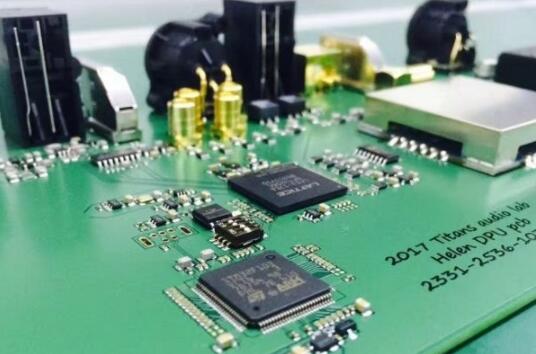Several standard problems need to be noticed in SMD processing
1. Joint standards for the development of ESD control programs, including the design, establishment, implementation and maintenance of ESD control programs; Based on the historical experience of some military and commercial organizations, guidance is provided for the handling and protection of sensitive periods of electrostatic discharge.
2. The Evaluation Manual of PCBA welding technology, including all aspects of welding PCBA technology, involves general welding, welding materials, manual welding, batch welding, wave welding, reflux welding, gas welding and infrared welding.
3. Handbook for semi-hydrated cleaning after welding of PCB circuit board, including all aspects of semi-hydrated cleaning, including chemical, production residues, equipment, process control, environmental and safety considerations.
4. Desktop reference manual for assessment of PCB circuit board through-hole weld points, which provides detailed descriptions of components, hole walls and welded surface coverage according to standard requirements, in addition to computer-generated 3D graphics; It also includes tin filling, contact angle, tin dipping, vertical filling, pad cover, and numerous weld defects.
5. Guidelines for the design of PCB board templates, which provide guidelines for the design and manufacture of solder pastes and surface-mounted binder coated templates. Template designs using PCB board surface mounting technology are also discussed. Technologies with via holes or inverted wafer components, including overprint, double-print and stage template designs, are introduced.
6. Hydraulic cleaning manual for PCB circuit boards after welding, describing the type and properties of residues, hydraulic cleaning agents, processes, equipment and processes for hydraulic cleaning, quality control, environmental control, and costs for the determination and determination of employee safety and cleanliness.

Several Problems Must Be Known in DIP Plug-in Processing
DIP Plug-in Processing is a kind of product that is often processed by some PCB board patch factories. However, for Plug-in Processing or PCBA Processing, it is necessary to have a deep understanding of the following issues:
1. Specification requirements for flux 1 include Appendix I, technical specifications and classifications of rosin, resin, organic and inorganic flux according to halogen content and activation degree in flux; Also included are the use of flux, substances containing flux, and low residual flux used in the clean-free process.
2. Specification requirements for electronic grade solder alloy, solder and non-solder solder solder solder; For electronic grade solder alloys, for rod, strip, powdered and non-solder solders, for electronic solder applications, and for special electronic grade solder, terms, specifications, requirements and test methods are provided.
3. Guidelines for applying bonding agents on conductive surfaces, which provide guidance for the selection of conductive bonding agents as solder alternatives in electronics manufacturing.
4. General requirements for heat conductive binders, including requirements and test methods for bonding components on PCB circuit boards to suitable locations of heat conductive media.
Specification requirements for solder paste in
5: Specification requirements for solder paste in SMT patch shop include Appendix I, which lists the characteristics and technical index requirements of solder paste, including test methods and standards for metal content, as well as viscosity, collapse, solder ball, stickiness and solder paste tin dipping performance.